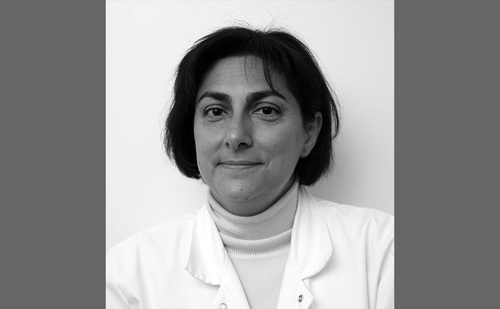How to Choose the Best Cross-linking Procedure in 2016
Abstract:
Overview
Ever since cross-linking (CXL) technology was introduced into clinical ophthalmology in 1999, the technique has established itself as a standard of care in the treatment of corneal ectasia. The original protocol, referred to as the ‘Dresden protocol’, consisted of 30 minutes of iso-osmolaric riboflavin instillation on a de-epithelialised cornea, followed by irradiation at 365 nm and 3 mW/cm2 for 30 minutes. These settings correspond to a fluence of 5.4 J/cm2. A large variety of modifications of this original protocol have emerged in the past years: some of these modifications are backed up by a solid body of research evidence, both clinically and experimentally, whereas other modifications are based on little to no scientific evidence. Navigating through this ‘sea of new protocols’ is becoming increasingly difficult for the treating ophthalmologist. The two most important modifications are transepithelial (epi-on) CXL and accelerated CXL. Most interestingly, they seem to share a final common pathway, which determines efficacy: oxygen dependency.
Keywords
Epi-on, transepithelial, iontophoresis, epi-off, corneal cross-linking, CXL, oxygen
Article:
Article Information:
Disclosure
Nikki Hafezi is Chief Executive Officer of EMAGine SA, Farhad Hafezi is Chief Medical Officer of EMAGine SA, and named co-inventor of PCT/CH 2012/000090
application (UV light source). No funding was received in the publication of this article.
Correspondence
Farhad Hafezi, ELZA Institute, Webereistrasse 2, CH – 8953 Dietikon. E: farhad@hafezi.ch
Access
This article is published under the Creative Commons Attribution Noncommercial License, which permits any non-commercial use, distribution, adaptation
and reproduction provided the original author(s) and source are given appropriate credit.
Received
2015-11-24T00:00:00







